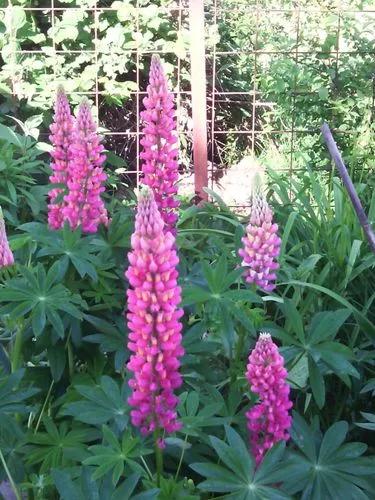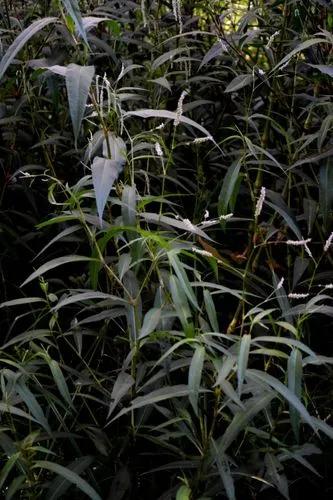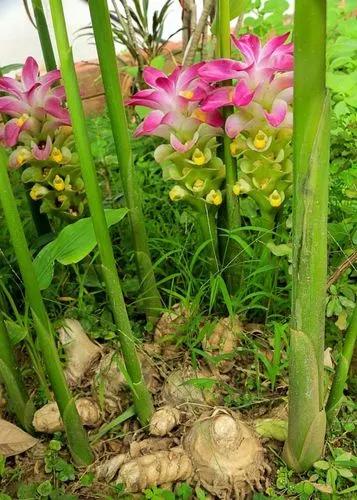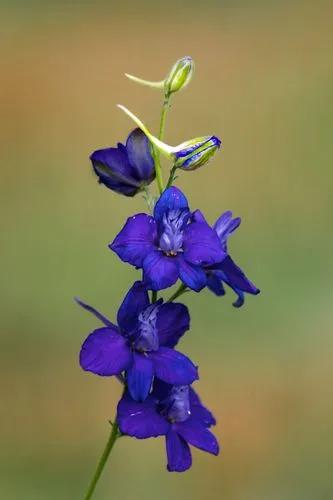Fragaria is the Latin name used in science for the genus of about 20 species of strawberries, plants in the rose family that grow small sweet red fruit. The most well-known and most grown of these species is the strawberry Fragaria × ananassa. The other species are informally known as the wild strawberries. The real fruit of the strawberries are the achenes, which people usually think of as the little seeds around the outside of the larger red "fruit". What people think is the "fruit" is really the swollen stems between these fruit. This kind of fruit, where different ovaries grow into a single larger fruit, is called an "aggregate fruit"
Strawberry Firerail Care
Fragaria X Ananassa



How to Care for the Plant

Water

Water daily to keep the soil moist. Do not let the soil dry out or the plant wilt; it may die if it gets completely dry. Mist every day to provide the humidity this plant needs to thrive

Pruning

Trim the plant routinely to keep it shaped up. Cut off as much as 4 to 6 inches at one time. This helps new growth form and keeps it from becoming too long in the hanging basket.

Fertilizer

Fertilize once a week during the active growing period, and while the flowers are forming during late spring and through early fall. Use a water-soluble fertilizer and dilute it in half with water. There's no need to fertilize during the winter months when the growth slows down. The flowers appear year round, but grow more during the warmer months.

Temperature

Water daily to keep the soil moist. Do not let the soil dry out or the plant wilt; it may die if it gets completely dry. Mist every day to provide the humidity this plant needs to thrive

Container

Use in containers, window boxes and hanging baskets

Additional

Non-Toxic to Dogs, Non-Toxic to Cats, Non-Toxic to Horses

Popularity

11 people already have this plant 5 people have added this plant to their wishlists
Discover more plants with the list below
Related articles






